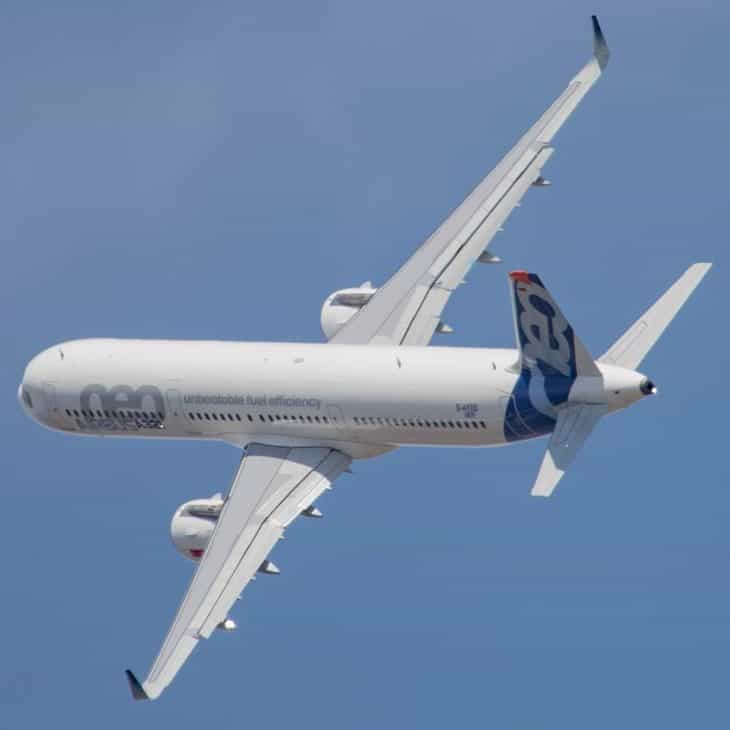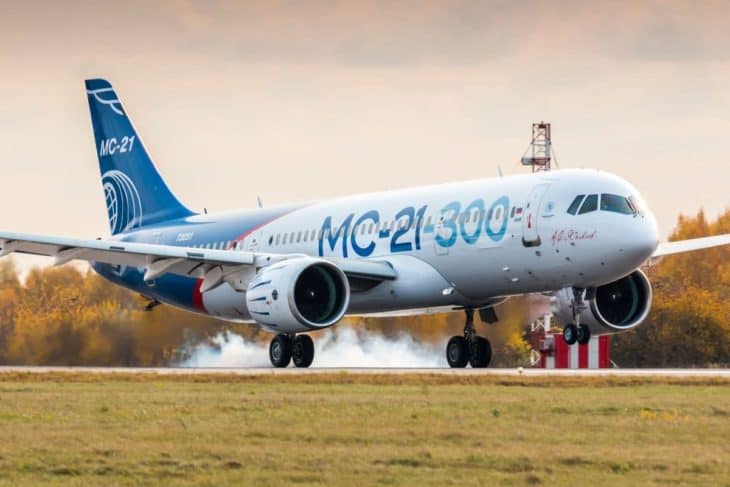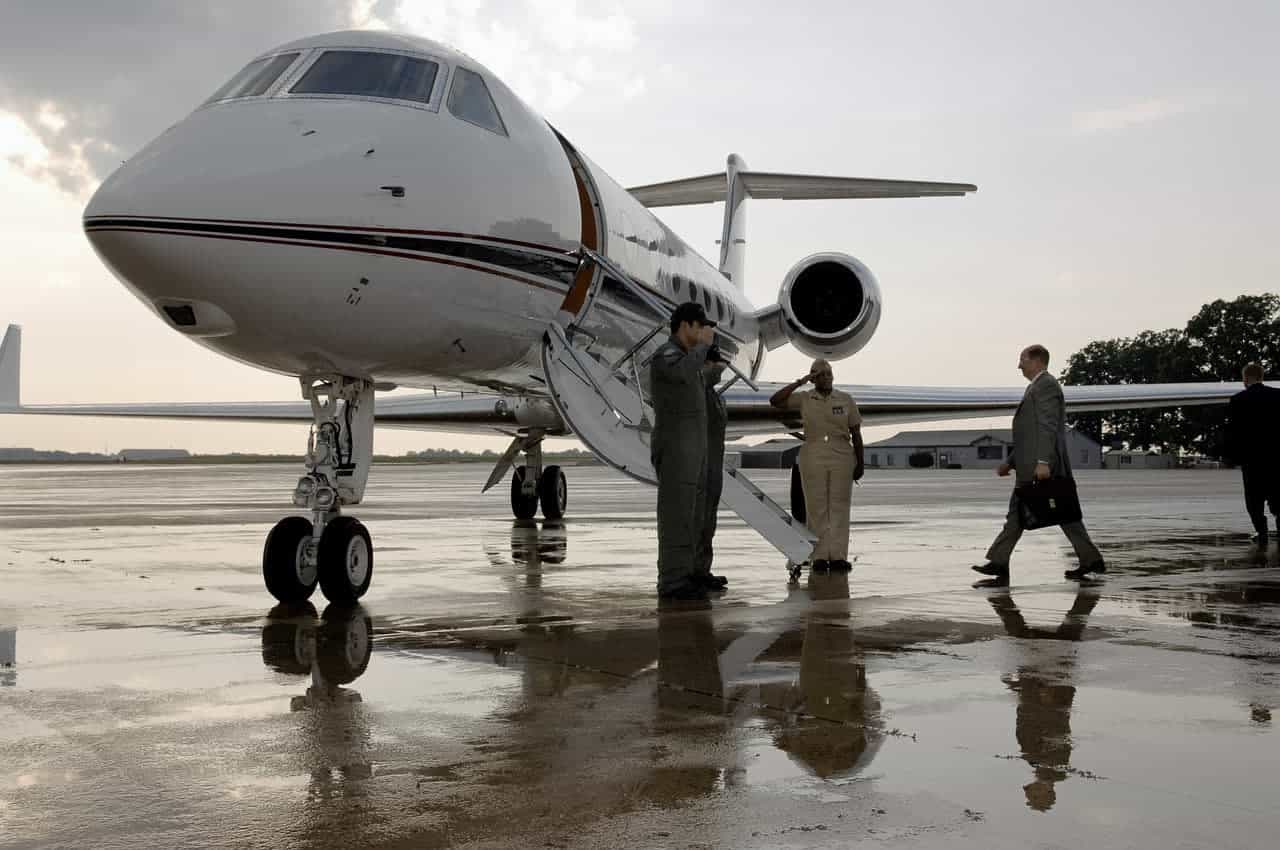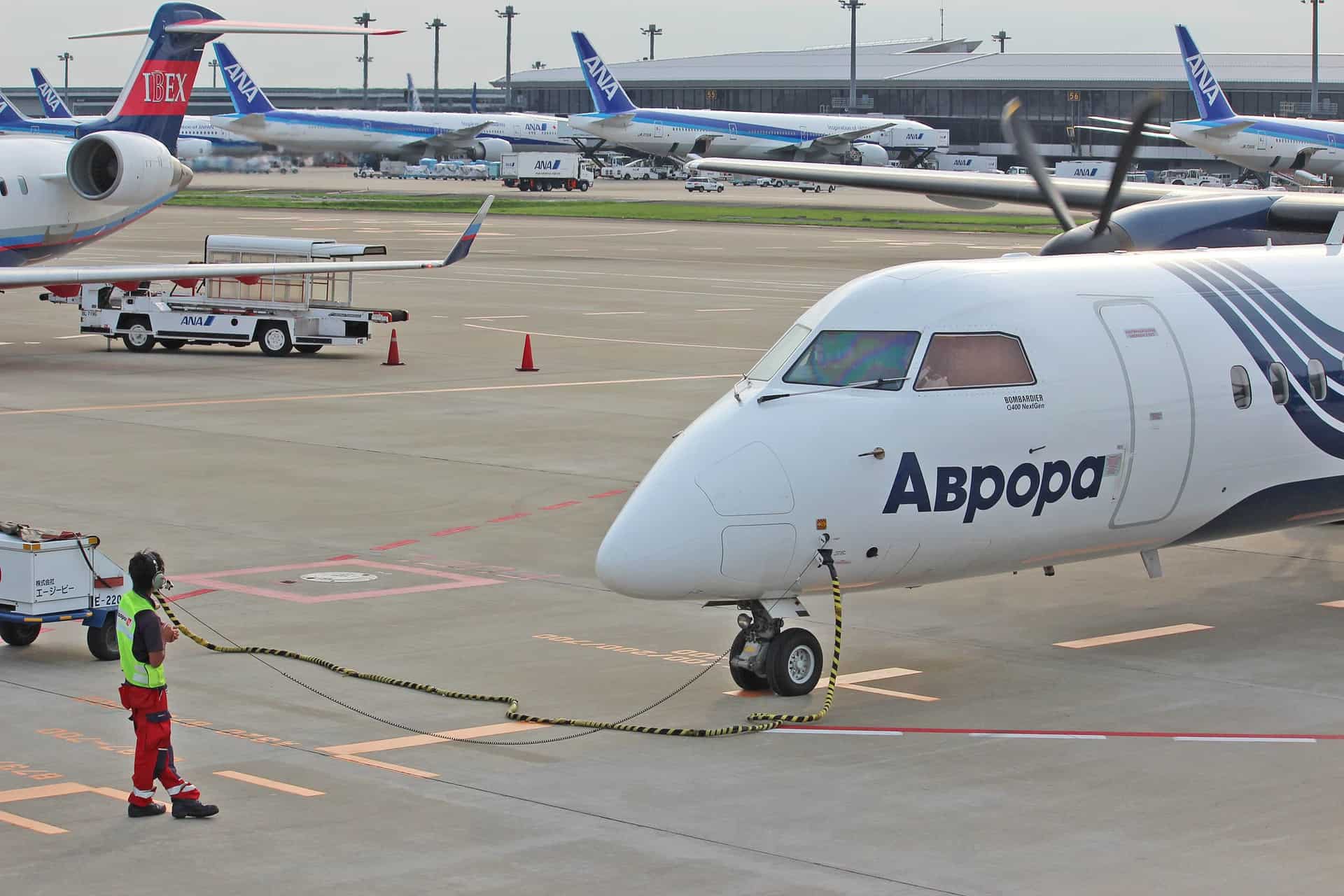Airplanes have come a long way since the start of commercial aviation. These days, aircraft manufacturers are competing to have the most efficient and comfortable plane out there in the sky. Passengers are spending hours and hours in the cabin of these planes, and they want it to be as comfortable as possible. So what are the newest planes available for your next flight?
Since the Wright Brothers first took off at Kitty Hawk and airlines like Pan Am helped pioneer the passenger plane, commercial aviation has come a long way. With airlines and nations from all over the world joining in the commercial air race, what new planes are set to soar?
One of the most interesting wrinkles in this question are the rivalries involved. Aviation has always been spurred on by competition, and that spirit has only intensified with time. Airbus and Boeing have a rivalry that dates back decades, and it’s well-represented on this list.
That said, where the rivalry between commercial aviation’s two titans used to be the name of the game as far as international passenger planes were concerned, Russia and China have entered the game of late as well.
These two countries sought to match the West throughout the Cold War with military-grade planes. Now, in an age where commerce is king, commercial airlines are the new proving ground for international aviation prestige, to say nothing of the monetary windfall that can come from a successful model.
With that in mind, let’s take a look at the top ten new commercial airliners set to debut now or in the near future.
Table of Contents
1. Airbus A220

As stated, Airbus is a big player in this game, and not just because, like Boeing, the company has had lots of ups and downs in recent years. While Boeing has had trouble meeting some of its orders of late, Airbus has attempted to capitalize with models such as this one.
While there was not a lot of buzz around it to begin with, given Boeing’s problems, it now has the potential to fill a niche with passengers looking for more comfort when they fly.
The big story around the A220 is the promise that it will make commercial flights more comfortable. The Airbus A220-300 is essentially a rebranded Bombardier CS300 with the goal of making the interior roomier.
It promises more sizeable overhead bins with an aisle configuration of six seats with a width of 17 inches apiece. How much individual legroom each passenger gets, however, is ultimately up to the airlines, who can tweak the model.
The narrowbody nature of the craft, combined with its betting on comfort, make this a model to watch going into the future.
2. Comac C919

This offering from China has been the country’s big bet on the commercial market for years. With the model on its fifth prototype as of now, it has been a long time in the making. Unfortunately for China, airlines may have to wait even longer.
That is because the release of the Comac C919 has been pushed back still further. Apparently, those five prototypes have not been enough, and more work remains to be done. Getting the aircraft regulatory clearance is, at present, the top priority.
That said, the C919 may be worth waiting for. This is another narrowbody plane. If airlines like Airbus have anything to say about it, that may be the wave of the future. China knows that, and is hoping that and its own booming travel industry will make the Comac C919 worth it.
3. Boeing 777X

For decades, Boeing has been the standard bearer for commercial flights, and that is due in great part to its legendary 747s. However, while these planes have served airlines well throughout this era of commercial flight, they are starting to show their age and are in need of replacement.
Boeing knows that, and would naturally prefer that they be the ones to replace their mainstay with a new standard of great commercial flight, which is what the 777X is designed to be.

One of the company’s biggest focuses with the 777X is balancing aerodynamics and engine design with lower and more efficient fuel use as well as lower emissions. Not only may that be a good cost-saving move, but in an ever more eco-conscious era, it’s a good PR move as well.
In addition, the 777X features a unique foldable wing. This allows the aircraft to be stored more easily at airports. By comparison, some of Airbus’ larger models, such as the A380, take up quite a bit of space and can thus be less convenient and cost-effective in that regard.
However, like the C919, the 777X has had testing problems of late. The jet failed a safety test in September 2019, so there are still kinks that need to be worked out.
4. Airbus A350-1000

While other options from Airbus are focused on slimming things down, this offering beefs things up, making it the company’s best bet to compete with Boeing in the super jet market.
The A350-1000 will pair with Qatar Airways, who plans on adding even more seats to business class as well as coach, giving the final version of the plane for their launch a capacity of more than 320 passengers.
In addition, both Airbus and Qatar Airways are stressing the plane’s potential capabilities as a quiet plane. They are banking on the craft being able to offer low noise level for a twin-engine craft as well as mood lighting and temperature controls to make comfort a prime selling point.
5. Boom Overture

This plane is still in development, and should be for some time. Even so, the Denver-based company Boom Technology has the potential to be one of the biggest “Boom or Bust” stories in modern commercial aviation history.
At the center of their efforts to crack into the commercial airline market is their flagship Overture Supersonic plane. This aircraft is designed with extra speed in mind, with the objective of cutting down time for flights such as Transatlantic journeys considerably.
If brought to fruition, this will be the first supersonic jet to hit the skies since the Concorde was retired from active service more than a decade and a half ago. Japan Airlines has already invested in the company, and is a possible suitor for purchasing its first planes.
6. Airbus A330neo

As stated, one of Airbus’ biggest bets at the moment is trying to develop planes which can be adapted for narrowbody use while still being in line with the company’s focus on comfort.
In addition, the “neo” in this aircraft’s name represents the focus on developing a new engine. This model thus takes some of those narrowbody ideals and tries to compete in the widebody market.
Then there is the question of cost-efficiency. As Airbus continues to try to compete with Boeing, models which offer better fuel and operating efficiency are, along with comfort, cornerstones of their current business strategy.
7. Airbus A321neo

The clue is in the name – this is a variant of the A330neo. What does this model bring to the table? This is another model that makes use of that new engine.
As the company fixates on making Transatlantic flights more affordable and a bigger part of its business strategy, aircraft such as this will be instrumental in making that possible. They are hoping that this new engine can cut down on flight time, as well as navigate better flight paths.
Another key feature planned for the A321neo is its “Cabin-Flex” design. This is intended to make the plane’s interior even more spacious, with room for as many as 244 passengers.
8. Airbus A321XLR

Here we have yet another variant of Airbus’ A320-1 line. One of the biggest balancing acts for airlines today is trying to find a way to offer good range for their flights while slimming down the planes themselves. Hence the rise of the narrowbody aircraft which Airbus is pioneering.
Versions such as the A321XLR are intended to answer this quandary. It is designed to offer the kind of comfort Airbus promises with other models while allowing increased range, with this unit possibly offering a range of as much as 4,700 nautical miles.
If they can deliver on that promise, this would allow Airbus to help airlines link destinations such as New York and Rome. This would not only be a big plus for Transatlantic passengers, but could also be a big boon to Trans-Asiatic passengers, were it developed there as well.
Airbus and partner JetBlue are targeting 2021 for the beginning of Transatlantic service from London.
9. Boeing 737 Max 8

One of Boeing’s big problems of late has been simply trying to get its planes manufactured at the rate and consistency for which the company is justly famous. Craft such as Boeing’s 737 Max 8 exemplify that problem, with several setbacks occurring throughout its five year production history.
That said, if they can ever get the plane off the ground and to airlines as intended, Boeing’s 737 Max 8 has the potential to offer a great deal. They can offer faster Transatlantic flights along with an attempt to reduce fuel consumption by as much as 14%.
It will be able to do this with a newly-designed engine and winglets. Taken together with its more aerodynamic design, the 737 Max 8 could be a worthy addition to Boeing’s line, if it can ever get off the ground.
10. Irkut MC-21

This is Russia’s latest attempt to crack into the commercial airline game.
Like China, there has been increased pressure on Russia lately from the market as well as its own citizens to try to compete more in tourism, international travel, and the commercial air market.
That said, old habits die hard, and there remains a Soviet-style shroud of secrecy around much of the MC-21’s production. One potential reason for that is because the plane is rumored to be a personal project of Vladimir Putin’s.
Even so, the Irkut MC-21 has shown early potential in trials and has impressed some within the industry so far, making it an enigmatic option as 2019 draws to a close.
References ▾
- https://www.cntraveler.com/story/new-planes-that-will-change-the-way-you-travel
- https://edition.cnn.com/2019/09/10/business/boeing-777x-safety-test/index.html
- https://www.airbus.com/aircraft/passenger-aircraft/a320-family/a321neo.html
- https://www.cnbc.com/2019/06/17/airbus-bets-on-smaller-jets-for-long-flights-with-new-a321xlr.html
- https://www.aerotime.aero/aerotime.extra/22889-the-worlds-new-airplanes-this-year5150
Related Posts














